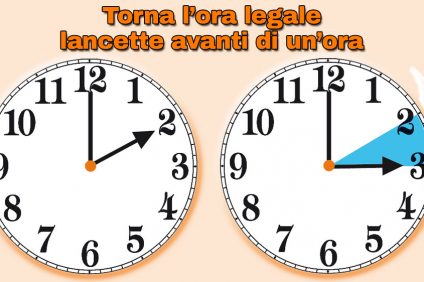New cases increase, the average age of the infected decreases. However, "the number of new cases of infection remains limited overall". News that many perhaps would never want to know and which unfortunately gives rise to new fears and fears for a return to the Coronavirus emergency. The new data are those released by the ISS report, the Higher Institute of Health, published yesterday. The report analyzed the various cases of contagion in the period from 10 to 16 August. A period could be said to be taken not by chance, because it is the most problematic one regarding compliance with the rules on social distancing for August XNUMXth. But let's analyze what emerges from the report.

Coronavirus emergency, the ISS report
The report released by the institute indicates some factors behind the Coronavirus Emergency. "In Italy, as in Europe and globally - emerges from the report -, there was an epidemiological transition of the Sars-CoV-2 epidemic. With a strong lowering of the median age of the population that contracts the infection. The median age of cases diagnosed in the last week it is 30 years ". It emerges, therefore, that the virus is spreading in this period among young people, something that has not happened in recent months.

Then "a change in the dynamics of transmission - explains the report - (with emergence of cases and outbreaks associated with recreational activities both in Italy and abroad). And a lower clinical severity of diagnosed cases which, in most cases, are asymptomatic ". There has also been an increase in hospitalizations and deaths, but at least for the moment there has been no overload in hospitals.
Greater controls among those returning from abroad to face the Coronavirus emergency
To affect would be the return after holidays "in countries with higher viral circulation". And then the symptoms would show up in fewer days. "The reduction in the time - adds the report - between the onset of symptoms and diagnosis / isolation is one of the reasons that allows a more timely identification and clinical assistance of people who contract the infection". Cases imported from abroad would be 28,3%. “The national transmission index Rt - the experts explain -, calculated on symptomatic cases and referred to the period 30 July-12 August 2020, is equal to 0,83 (0,67-1,06). This indicates that, net of asymptomatic cases identified through screening / contact tracing activities, and almost imported from a foreign state the number of symptomatic cases diagnosed in our country it has been essentially stationary in the past few weeks ”.
The regions with the highest contagiousness index
The regions that exceed the threshold of 1 are: Abruzzo (Rt 1,24), Campania (1,02), Lombardy (1,17), Umbria (1,34) and Veneto (1,21). An invitation therefore to caution. "Although the number of new cases in many regions remains low - experts point out - in other regional realities a high number of new ones continue to be reported almost. This should invite caution as it denotes that in some parts of the country the circulation of Sars-CoV-2 is still relevant". In the week considered by the institute there were 1.077 active outbreaks, of which 281 were new. And yesterday alone, 845 new cases were registered.

An appeal to respect the rules
To prevent the cases from increasing, and the contagion from spreading, there is no lack of appeals and invitations that are always important. First of all, to respect the quarantine measures - the experts clarify -. Also by identifying dedicated structures, both for people returning from countries for which the quarantine, and both following a request from the health authority having been identified as close contacts in a case ". An appeal to responsible behavior. "It is also recommended - adds the report - to pay attention to the risk of infection during periods of stay in countries with a higher viral circulation. In these cases, upon returning to Italy, it is recommended to contact the prevention services for the appropriate indications and to responsibly pay particular attention to the behavioral rules of prevention, in particular towards the most vulnerable segments of the population ".
"We must continue to maintain the precautionary measures - advises Giovanni Rezza, director of Prevention of the Ministry of Health, commenting on the data -. Physical distancing, use of a mask and personal hygiene. Public health for its part must intervene, as it is doing, to quickly identify the outbreaks and limit them ".




